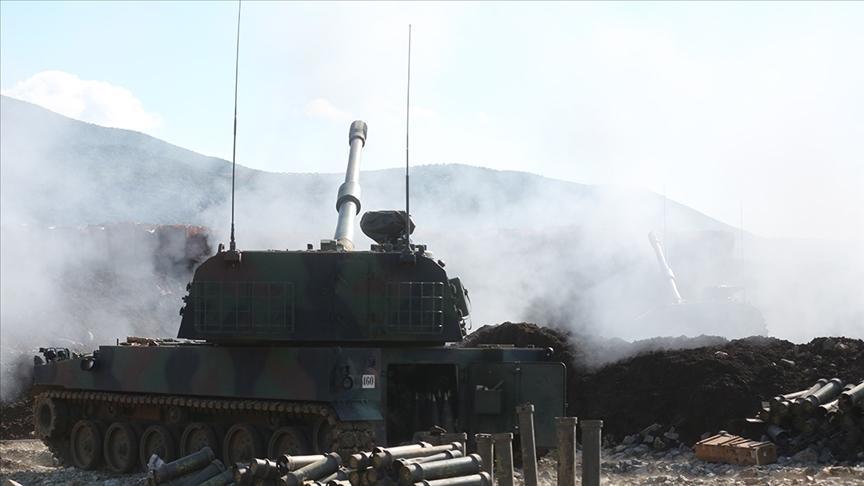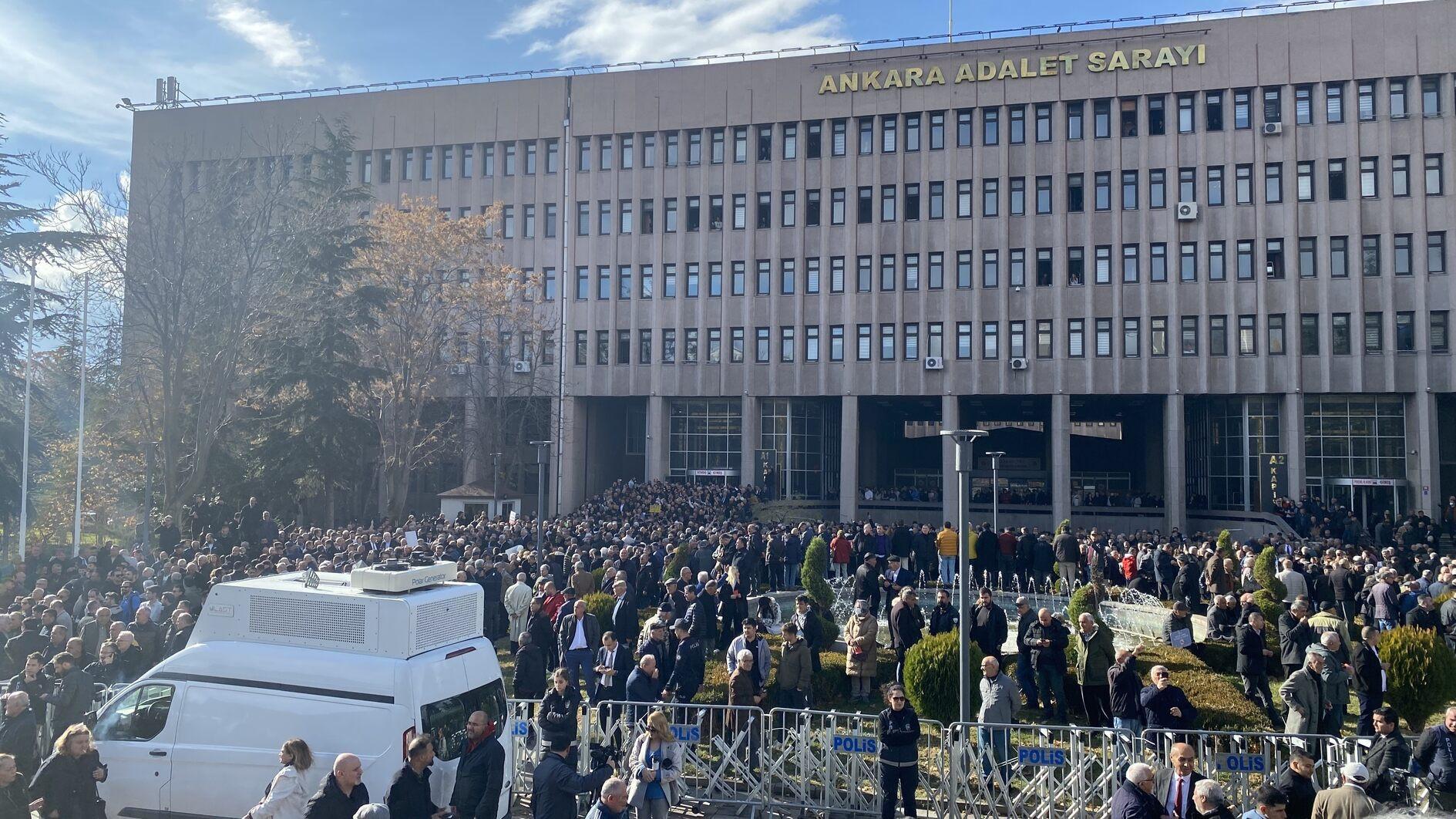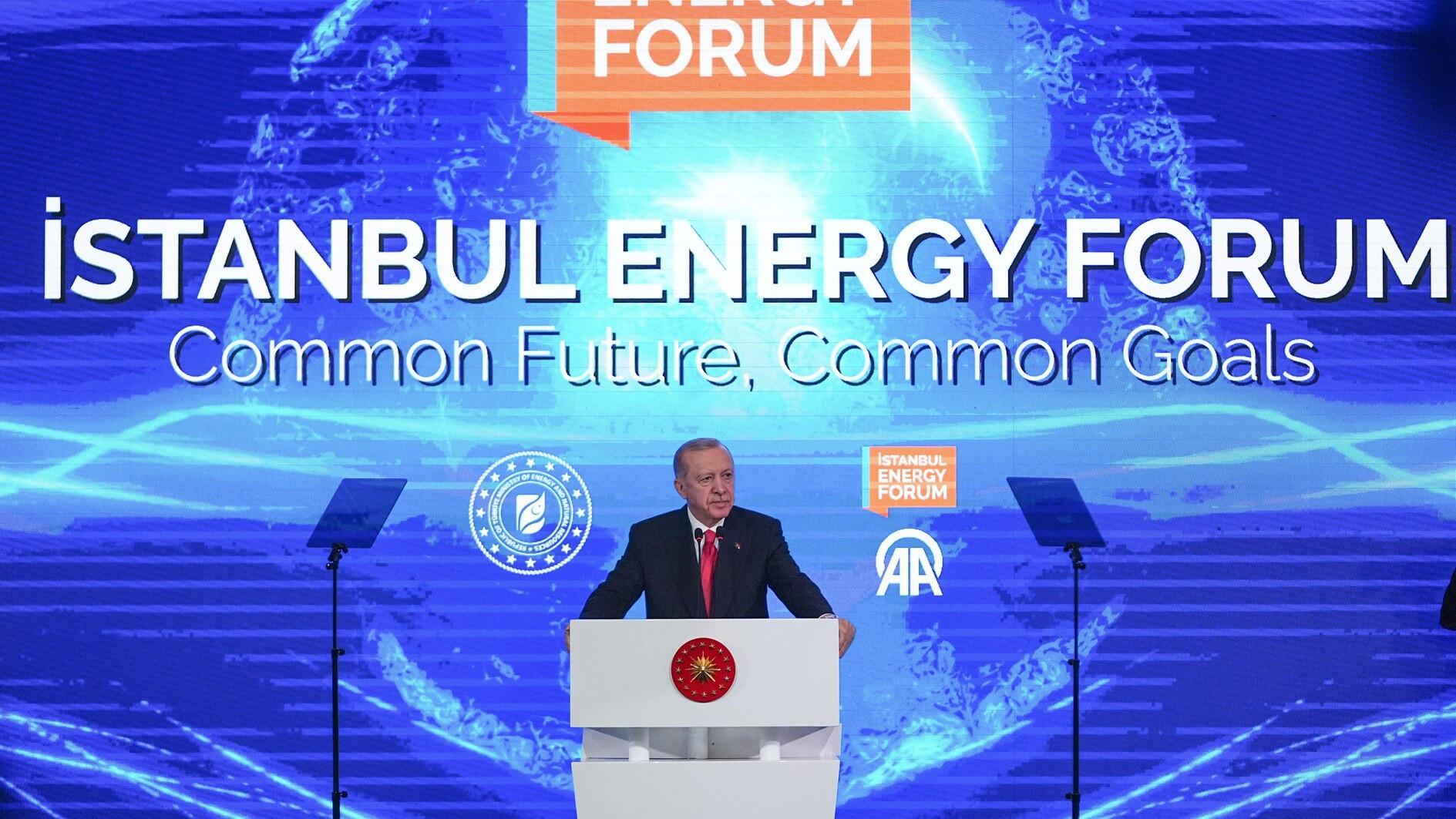Poverty and the education gap
A heated discussion is going on in Turkey on a new education system. The main points of this discussion, which is basically political, are well-known. However, there are other very important aspects to the education problem in Turkey, just like in every country – even the richest ones. They must also be considered and discussed in detail in order to comprehend the real nature of the problem.
In every democratic country, all political parties, whether on the left or the right, generally defend the idea that education is the best tool to rebalance society, that is, the best equalizer in society. However, almost everybody knows that this is not a realistic approach. If income distribution is not just, there is no equal opportunity to effect proper education, especially in some rich Western countries.
Unfortunately, even in these countries, around 15 percent of the total population lives under the poverty line. For these families, it is almost impossible to allocate enough money from the family budget to select better schools for their children, but richer families can do that easily. As a result, the achievement gap between children from poor and rich families is widening. This kind of inequality has yet to get attention from the authorities.
It is obvious that wealthy parents can spare more time and money for their children’s education (and not just for schools, but for social activities as well). However, besides the families under the poverty line, all low-income families have no such chance. Some research also indicates that the imbalance between rich and poor children in terms of completing middle and higher education has grown significantly. This has obviously been hampering success for poor youngsters in the workforce. The recent crises most probably aggravated that trend.
All these facts raise some question marks: Is income inequality a symptom rather than a cause? Does income inequality create a vicious circle? If it is the main reason for the education gap, then it negatively affects income distribution further. This adds a new dimension to income inequality: It is not only a social, economic and political problem, but also a cultural one. That increases the difficulties in fighting against poverty.
This might be why income distribution is more balanced in some continental European countries, which effectively have free education at every level, than in the United Kingdom and the United States. However, the problem is so complex that it might not be wise to analyze the influence of the education gap on income distribution by using traditional methods but rather to look for short-cut solutions.
The cultural heritage of various countries is so different from each other that it is not really easy to find feasible policies to tackle poverty and the economic, social and political problems it creates. Contrary to popular belief, especially in rich, Western countries, the chance of success for modest and even low-income children in some emerging countries is generally higher than their counterparts in rich countries. The obvious example is Turkey.
Since the beginning of the 19th century, education has been considered a practical tool to create social and economic equality. However, as the cost of education, especially in rich Western countries, began to increase rapidly after World War II, education lost its equalizer role in countries where families shouldered that increasing cost. Countries which continue to implement a free education system through government support can still create equal opportunity for youngsters.
The discussion, of course, is on the quality of teaching in a free education system, as government support is not always sufficient. However, this discussion might not seem very important after examining the list of the world’s most successful universities. A large number of them are still in countries which have a free education system.










